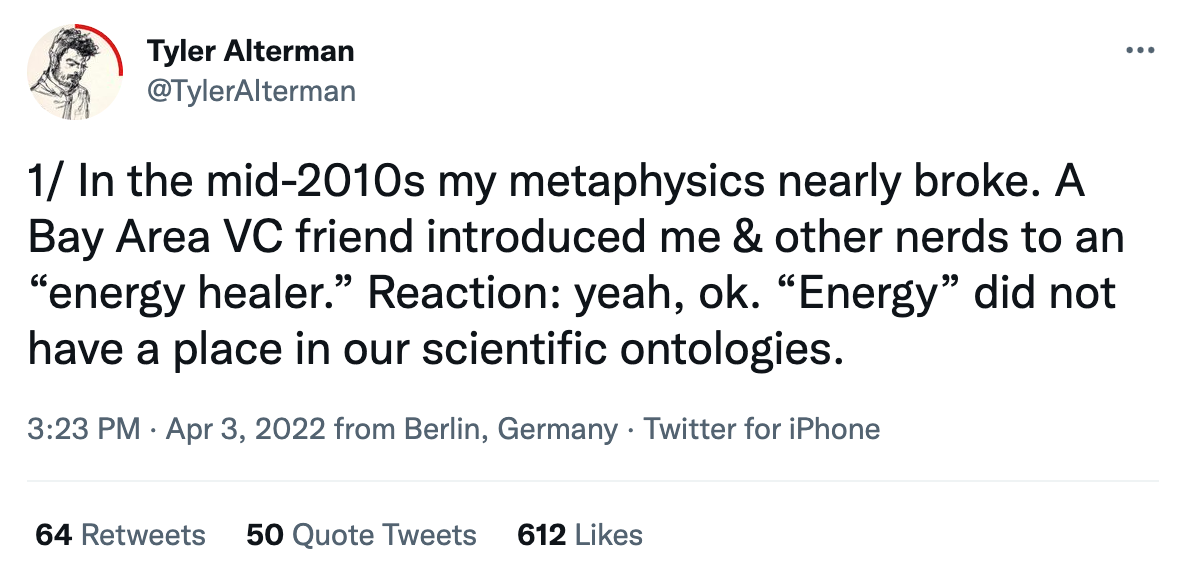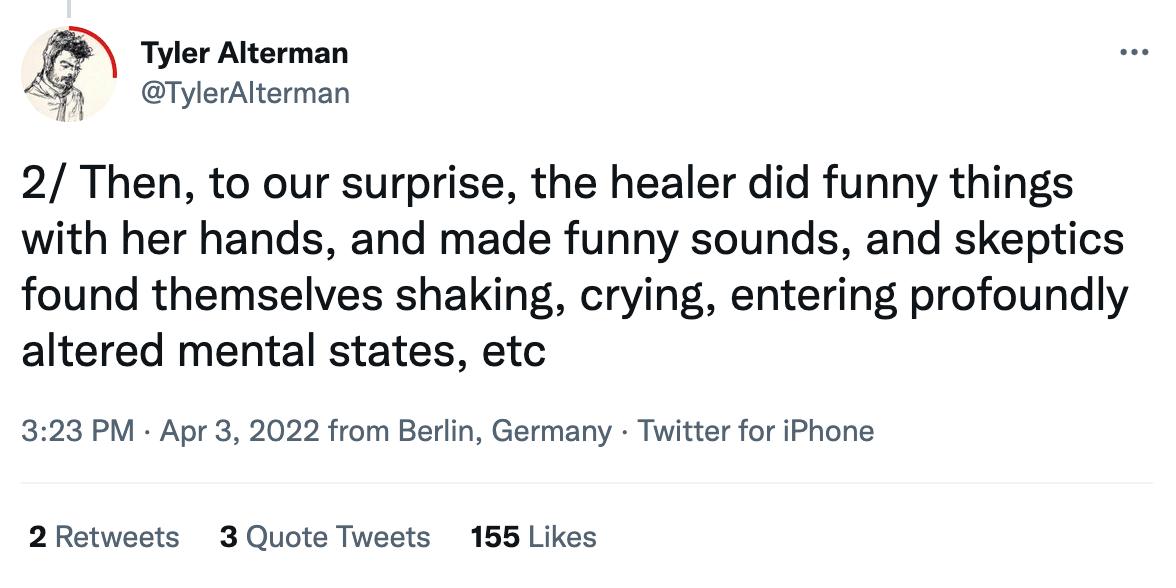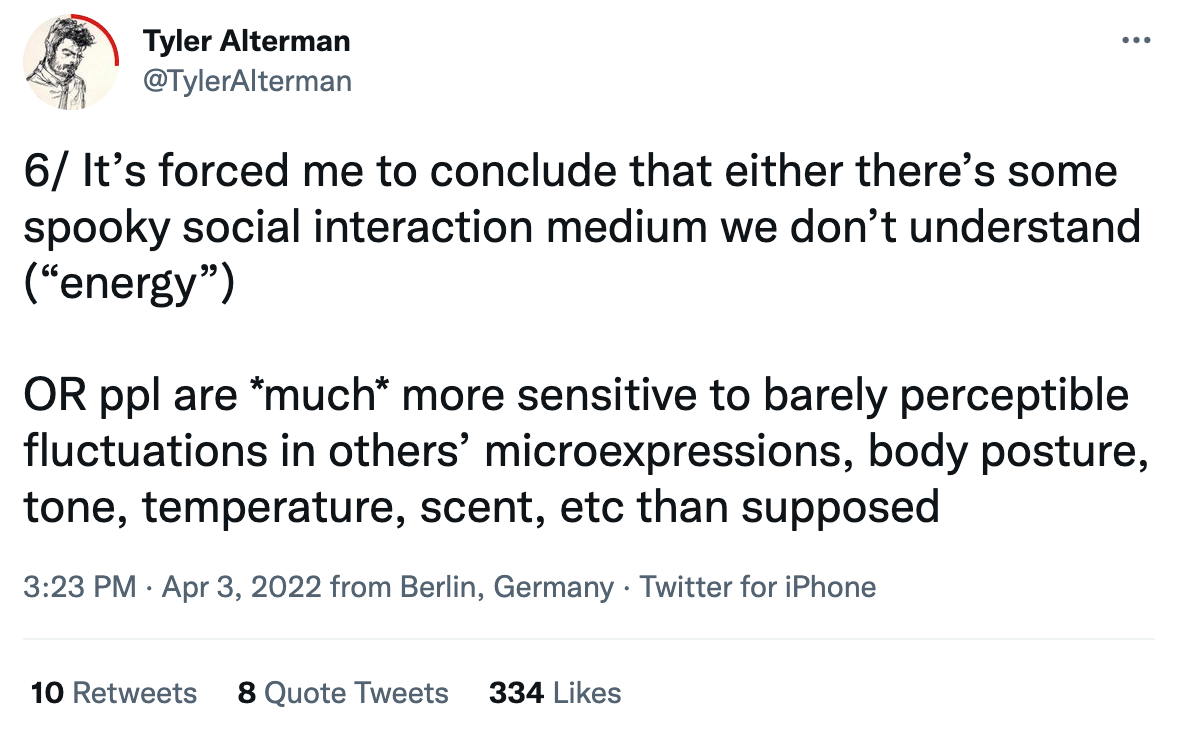Natural ontologies
by Neil
I.
When scientists or engineers learn to dance, they often try to pilot their body like a sci-fi character would pilot a spaceship—except instead of “set phasers to stun,” they’ll try to “set lats to 15 pounds of force” or something like that.
This doesn’t work very well. While it’s theoretically possible to engage individual muscles to a precise degree, doing so requires an intense level of body awareness that most human beings never achieve. In practice, most beginning dancers find much more success with visual metaphors: e.g., “imagine you’re carrying a tray” or “imagine you’re wearing a necklace that you want to show off.” When you think about it that way, your body naturally does the right thing (or something closer to it).
Nevertheless, many scientist-dancers insist on trying the “engage my quads 10% more” approach for a long time. They argue that the physics of muscles and force are what’s really happening, and so they should be able to learn it that way.
II.
Something similar came up for me when I saw these tweets:




I can see why Tyler finds this kind of interaction “spooky.” But on a smaller scale, this kind of effect is very familiar. While I’ve never met any self-proclaimed energy healers, I have definitely felt the atmosphere change when someone simply enters a room, either for better or worse. I think we’d say that happens all the time.
This looks “spooky” only because we insist the scientific picture must be the most true picture of what’s happening. And in this frame, we’re led to speculate about whether there is a luminiferous aether for vibes, or create some model of how our brain is processing all of these micro-events, because, we insist, there must be an expedient way to explain this scientifically. But our confusion is self-inflicted. It comes from introducing a scientific picture where it isn’t appropriate to the situation.